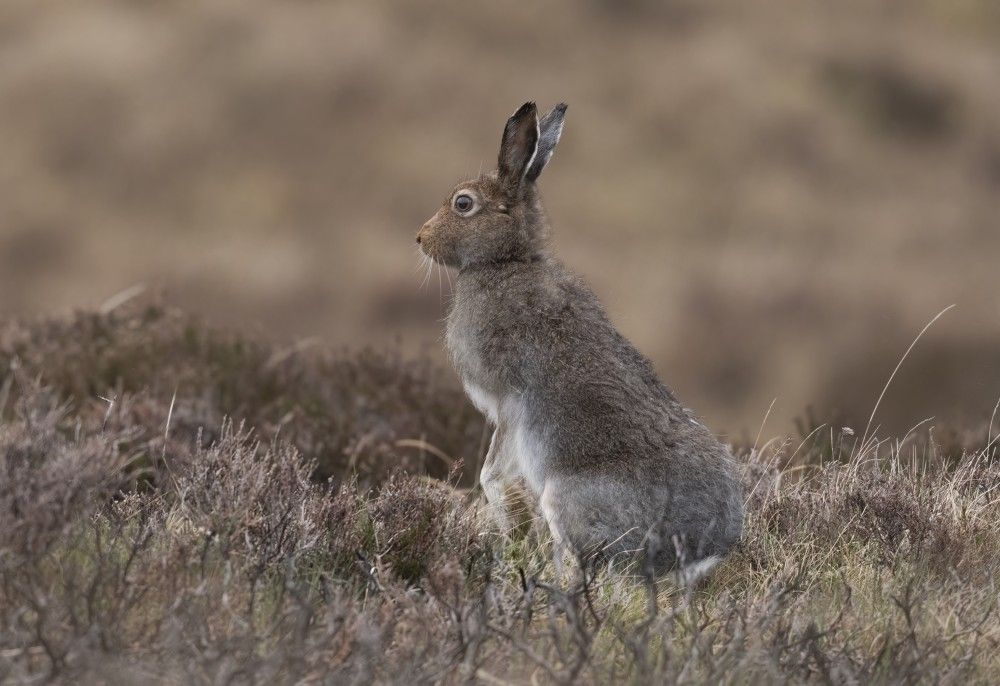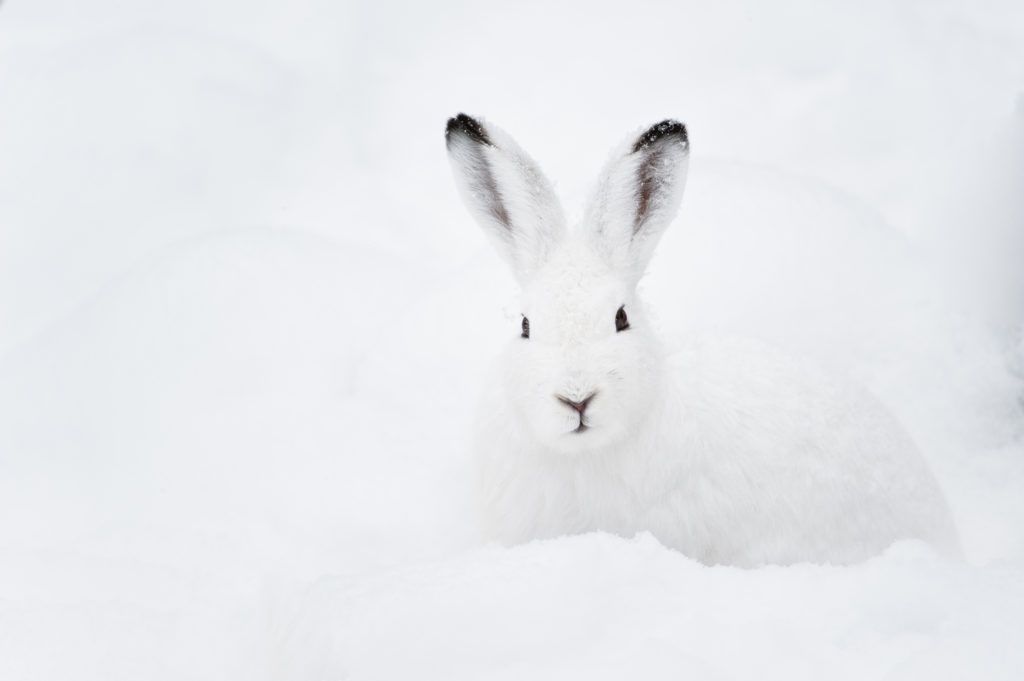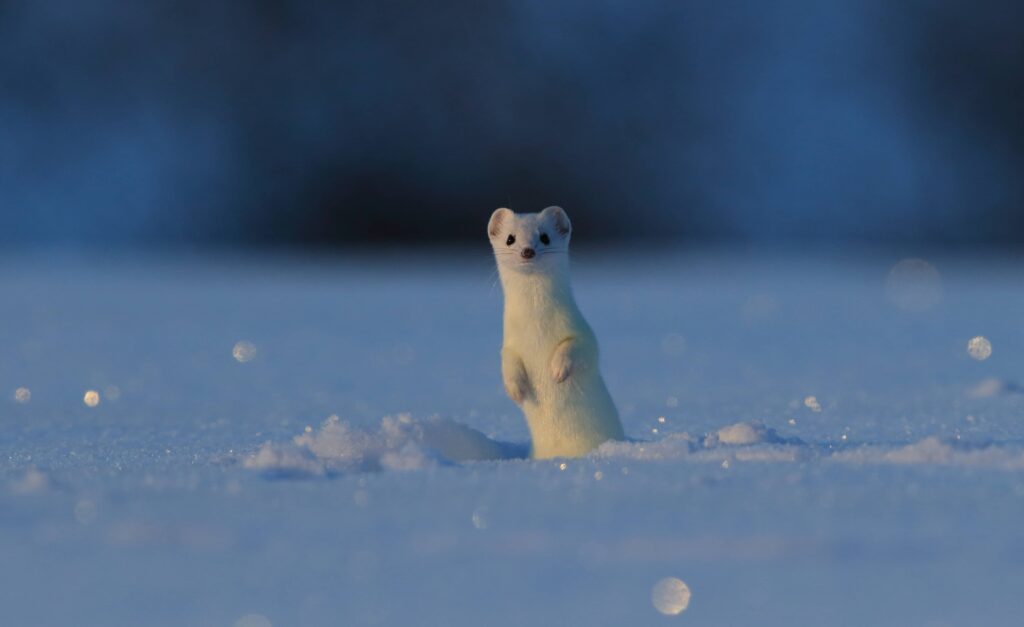You and I are simians, the family of primates that includes monkeys and apes, and like all simians, we sit on a branch of the mammal family tree.
As such, one family trait we have in common with all mammals, is fur. In our case, it’s a fairly sparse covering, but most mammals have a thick coat of hair that keeps them warm. Short, dense underfur provides insulation, trapping air close to the skin, while longer, coarser, guard hairs on top act as waterproofing.
True colours
Fur coats can stand out. The striking facial markings of badgers and polecats might serve to warn potential predators that these big boys bite back. But more often, fur coats provide camouflage. Tabby cats are a case in point. The dark stripes and mottled patterns of wildcats, and their domestic descendants, break up their appearance in long grass or the dapple shade of forest clearings. Purr-fect if you’re a stealth hunter or want to avoid bigger predators.


Of course, if the scenery changes, you might want to change your outfit. In temperate and polar regions, where it’s cold, snow often persists through the winter, and a dark coat can be a giveaway. For some species – Arctic foxes and hares, and in Britain, mountain hares and stoats – winter can mean a new look and a seasonal change in colour.
Mountain hares are native to Britain and Ireland. Around a thousand remain in the Peak District, but most are in the Scottish Highlands, at heights above 300 to 400m. Between October and December, their coats turn from a bluish-grey-brown (matching the rocky, heather moorland) to white, only the tips of their ears remaining black.
In the north of Scotland, stoats, too, habitually switch wardrobes in winter, turning completely white except for a fashionable black tip to their tail. The extra dense fur is known as ermine. But in other parts of the UK, where winter temperatures are higher, stoats turn only partially white or don’t change colour at all.
A new coat for the season
‘Ah,’ you might reasonably think, ‘it’s temperature that triggers the change to a winter coat’ – but it isn’t. The seasonal change is brought about by shortening day length as the winter nights draw in. This produces hormones from the pineal gland that act on hair follicles causing less pigment to be made.


And therein is a problem. As the climate continues to become hotter, so the duration of snow cover in winter becomes shorter and animals, like mountain hares and stoats, responding to the fixed changes in day length may find a winter coat stands out against a snowless background. (A longer read about how climate change is affecting mountain hares is here.)
Without the right camouflage, animals are vulnerable to predation and less effective as predators themselves.
A white winter coat might not be as de rigueur as it was last season: like fashion, our climate is changing and almost as quickly. The fact that some stoats only turn partially white or don’t turn white at all, and that it isn’t that they’re simply not as cold, suggests it’s because of differences in their genes. Stoats in southern parts of the UK are genetically distinct from those in the Highlands, where a white coat is needed. And if there’s genetic variation in a population, natural selection won’t be far behind. Evolution can come to the rescue. A scientific paper published in the journal Science, a few years ago, suggested variation in winter colour could offer resilience against the warming climate, providing alternative colour options when white was no longer the best bet.
Fur is a defining characteristic of mammals. It keeps us warm and protects us, signals and camouflages, and in a changing world, it’s still helping species adapt and survive.
Get involved with our mammal watching survey, Living with Mammals today or visit our mammal fact files to learn more about British mammals:
Image credits: Carlos Bedson, Caroline Legg, shutterstock.com, Himachal Pradesh, Peter Wey.
